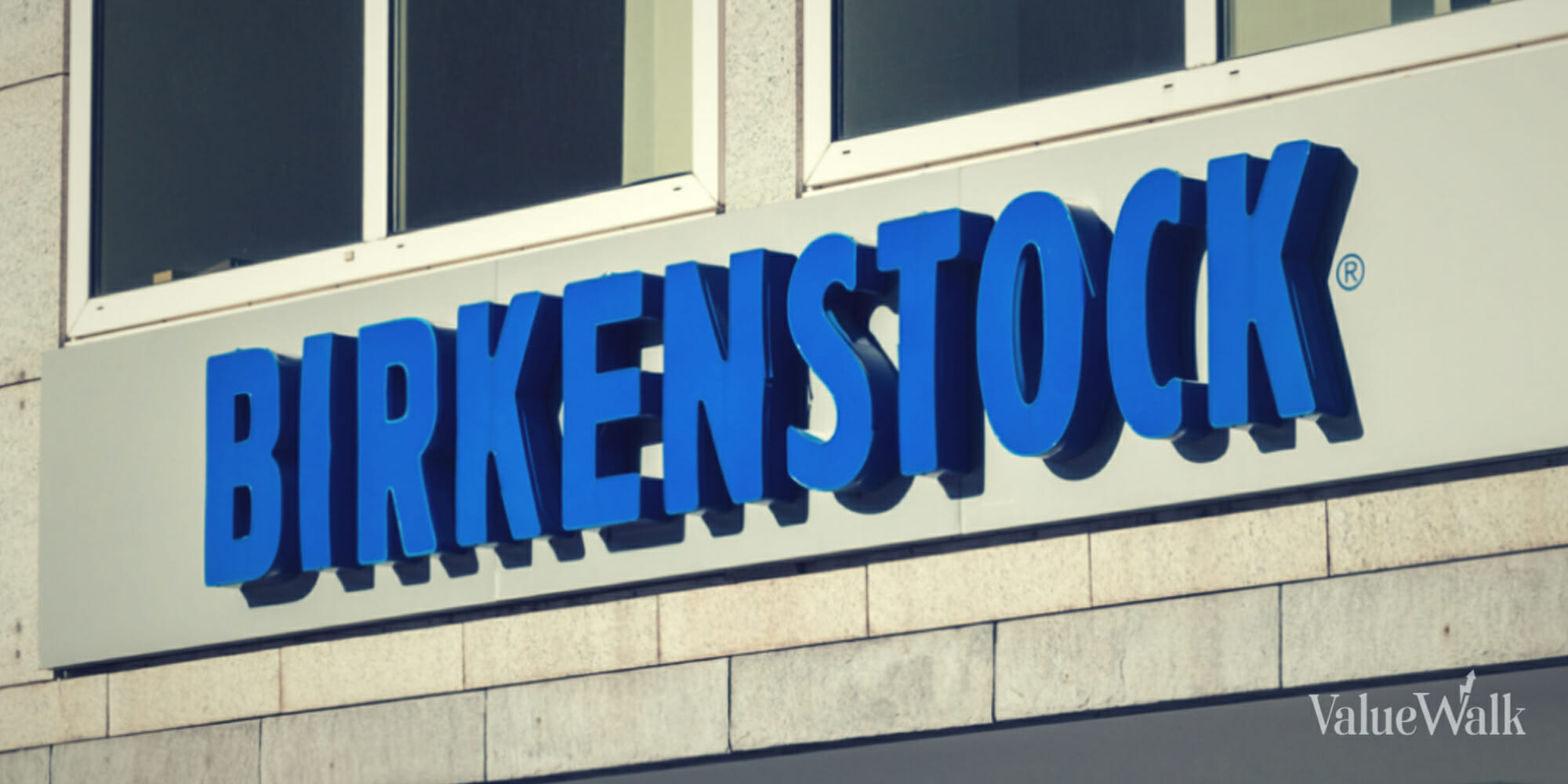One of the biggest IPOs of 2023, Birkenstock Holding (NYSE:BIRK), reported solid fiscal first-quarter results for its initial quarter as a public company. However, its share price immediately began dropping in the aftermath.
Founded in Germany in 1774 and now based in London, the over-200-year-old sandal maker saw its stock price plummet as much as 11% in pre-market trading on Thursday, tumbling to around $45 per share.
By mid-afternoon Eastern time, the share price was still down by about 8% on the day to $47 per share, but did that earnings report warrant such a drop? Let’s take a look at Birkenstock’s results to see if the decline in price represents a buying opportunity.
Record revenue in Q1
Birkenstock posted solid results for its fiscal first quarter, which ended on Dec. 31. The iconic sandal maker, which had been family-owned until 2021, saw its revenue increase 26% year over year to €303 million — a new record.
In fact, Birkenstock’s sales were up across the board, jumping 19% in the Americas, 33% in Europe, and 51% in the APMA (Asia Pacific, Middle East, and Africa) region. These numbers topped analysts’ estimates, which called for €287 million in revenue.
The company’s revenue rose on increased capacity, higher demand and sales at higher prices due to inflation. One of the more promising developments in the quarter was the continued growth of Birkenstock’s direct-to-consumer (DTC) sales, which it has been focused on expanding.
DTC sales refer to online sales through its website or sales at one of its 45 Birkenstock stores around the world. DTC sales were up 30% in the quarter on a constant currency basis, and DTC penetration rose 100 basis points to 53%. B2B sales, referring to sales through other retailers, also rose 22% in the quarter.
The company’s stock price may have dropped on earnings numbers that met but didn’t exceed expectations. Birkenstock actually notched a net loss of $7.1 million in the quarter, although it was better than the $9.2 million net loss in the same quarter a year ago.
On an adjusted basis excluding costs related to the IPO, certain transactions, relocation, and unrealized gains and losses, the firm had $16.7 million in net income, or 9 cents per share. This was down from $26.5 million the same quarter a year ago but in line with what analysts had expected.
Perhaps investors were anticipating an earnings beat, or maybe they were concerned about higher expenses or the decrease in the EBITDA (earnings before interest, taxes, depreciation, and amortization) margin to 26.9% from 29.1%.
Should they be?
Should you buy the dip?
The swift and somewhat severe response to Birkenstockʻs earnings report seems a bit overdone and perhaps even nothing more than a knee-jerk reaction to an overall solid report.
As CEO Oliver Reichert explained, the higher expenses stem from Birkenstock’s move to increase its capacity to handle rising sales and demand as it looks to expand with new stores in more markets.
“Given our engineered distribution model, demand continues to outpace supply in all regions, channels, and categories,” Reichert said in the earnings release. “As previously communicated, our strategic investments into future growth are having a planned, temporary impact on our profitability. However, in the medium-term, we are confident we will continue to deliver on our objectives of a gross profit margin over 60% and an adjusted EBITDA margin in the low thirties percent.”
Birkenstock reiterated its outlook for fiscal 2024, guiding for a gross profit margin of over 60% in 2024 and an adjusted EBITDA margin in the low-30% range. Perhaps investors were hoping for an improved outlook over past projections, even though this guidance would indicate improvement in adjusted EBITDA, which is currently at a margin of 26.7%. The gross profit margin is currently at 61%, roughly in line with 2024 guidance.
Birkenstock management seems to be taking the necessary steps to grow this iconic brand, and sales have been robust. However, it may take some time to become consistently profitable, so investors may want to monitor the company’s progress.
While Thursdayʻs sharp dip does bring down the entry price for interested investors, they may want to watch for more guidance or results related to expenses, capacity expansion and earnings to gain greater visibility.
Disclaimer: All investments involve risk. In no way should this article be taken as investment advice or constitute responsibility for investment gains or losses. The information in this report should not be relied upon for investment decisions. All investors must conduct their own due diligence and consult their own investment advisors in making trading decisions.












